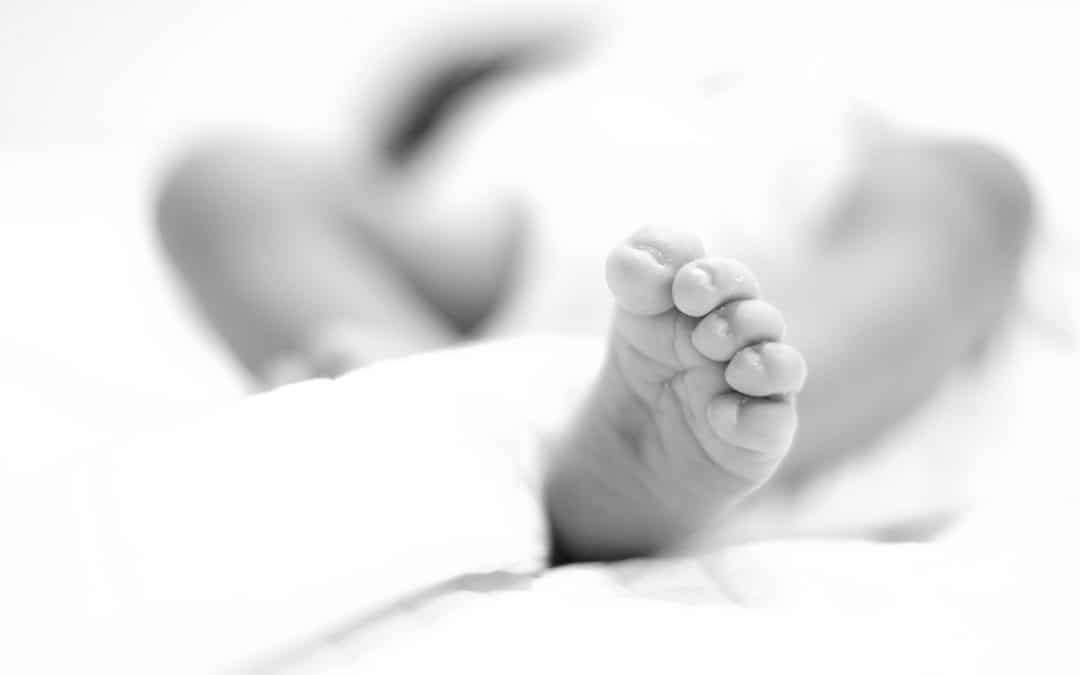H (A Child : Surrogacy Breakdown) [2017] EWCA Civ 1798
Judge ordered surrogate mother to hand child over to intended same sex parents
The case concerned two couples A and B, male same-sex partners, and C and D, a heterosexual married couple. C and D had 5 children of their own. C, having been a gestational surrogate on two previous occasions, entered into a surrogacy agreement with A and B. C became pregnancy with H following embryo transfer. (using embryos created from A and B’s sperm and a donor egg from a Spanish egg donor which resulted in C’s pregnancy with H. A DNA test later confirmed A’s paternity.)
The relationship between the parties deteriorated to the point that there was no communication. In late March 2016, C and D decided that they were not going to hand over the child to A and B as per the surrogacy agreement and sought legal advice. In April 2016 C gave birth to H. C’s solicitor wrote to A and B to inform them that they were not prepared to follow their surrogacy agreement and would not consent to a parental order. A and B were not aware of H’s birth until after C and D had already registered the birth. A and B immediately issued legal proceedings.
C and D were the legal parents of H. Since C was the child’s gestational mother, she was also the child’s legal mother. As D was married to C, he was to be treated as the child’s legal father. A and B gained parental responsibility during the proceedings by virtue of an interim child arrangements order under s.8 Children Act 1989. This resulted in a situation whereby H had two legal parents and four adults with parental responsibility. A and B were unable to become the legal parents of H through a parental order as per the original surrogacy agreement due to the fact that surrogacy arrangements are unenforceable (s.1A Surrogacy Arrangements Act 1985) and because parental orders can only be made if the legal parents unconditionally agree (s.54(6) Human Fertilisation and Embryology 2008 Act.)
The Judge therefore concluded that it would be best for H to live with A and B, the intended parents, because:
(1) H’s identity needs as a child of gay intended parents would be best met by living with a genetic parent,
(2) A and B could meet H’s day-to-day needs in an attuned way,
(3) A and B were best able to promote the relationship with C and D, having remained positive about their significance despite the difficulties, and
(4) C and D were unlikely to significantly change their views about A and B.
C and D appealed the decision, which was dismissed. McFarlane LJ emphasised the importance of the child’s welfare, including the considerations set out in the s.1(3) Children Act 1989, and stated that the child’s gestational and legal parentage, genetic relationships, and the manner in which the surrogacy came about. The Court of Appeal endorsed the words of Theis J at first instance: ‘This case is another example of the consequences of not having a properly supported and regulated framework to underpin arrangements of this kind.’ This case therefore serves as a reminder of the potential problems of entering into a surrogacy arrangement and the need for legal reform.
(Note too yesterday’s draft remedial order from the Government to Parliament for law reform for single surrogate parents. See this blog at NGA Law and background here).
Pic courtesy of Abhijit Chendvankar on Flickr (via Creative Commons Licence) – Thanks
